Advertisement
Grab your lab coat. Let's get started
Welcome!
Welcome!
Create an account below to get 6 C&EN articles per month, receive newsletters and more - all free.
It seems this is your first time logging in online. Please enter the following information to continue.
As an ACS member you automatically get access to this site. All we need is few more details to create your reading experience.
Not you? Sign in with a different account.
Not you? Sign in with a different account.
ERROR 1
ERROR 1
ERROR 2
ERROR 2
ERROR 2
ERROR 2
ERROR 2
Password and Confirm password must match.
If you have an ACS member number, please enter it here so we can link this account to your membership. (optional)
ERROR 2
ACS values your privacy. By submitting your information, you are gaining access to C&EN and subscribing to our weekly newsletter. We use the information you provide to make your reading experience better, and we will never sell your data to third party members.
Analytical Chemistry
On The Go In Israel
A C&EN reporter's travel notes from a fast-paced tour
by Mitch Jacoby
March 5, 2007
| A version of this story appeared in
Volume 85, Issue 10

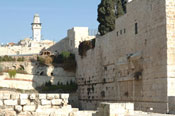

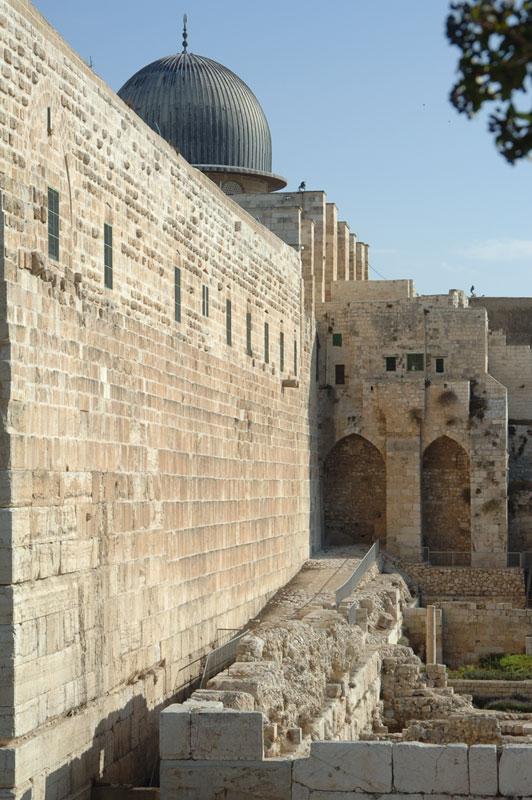
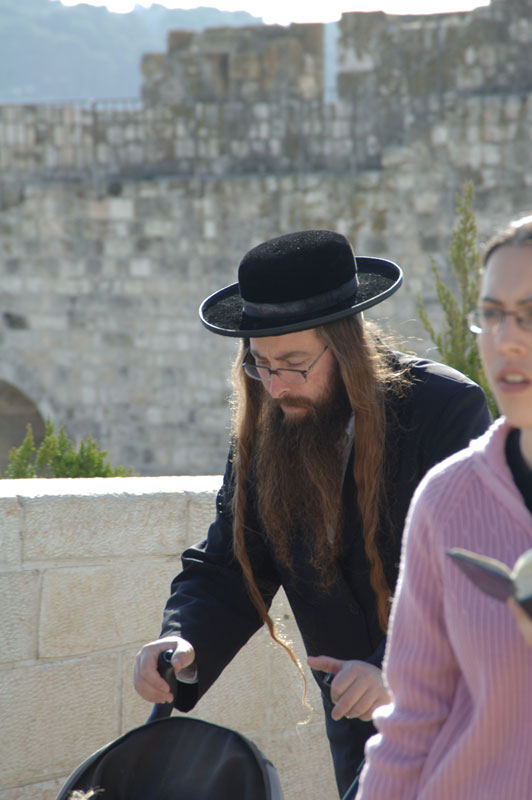
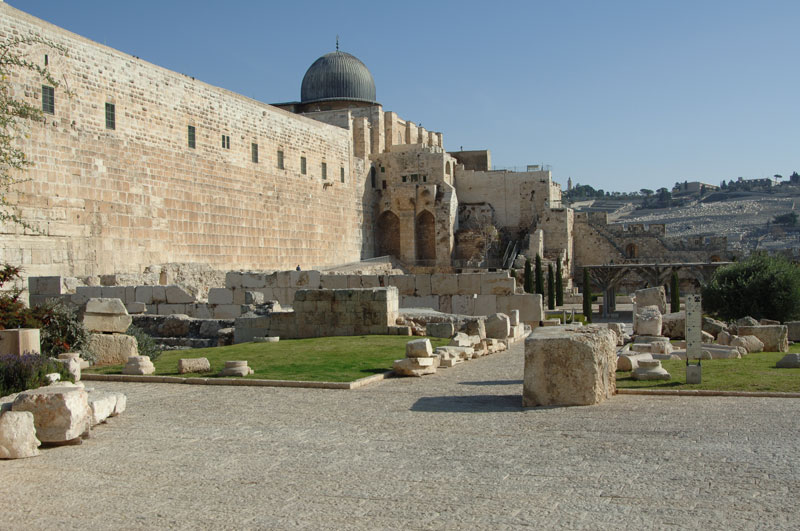
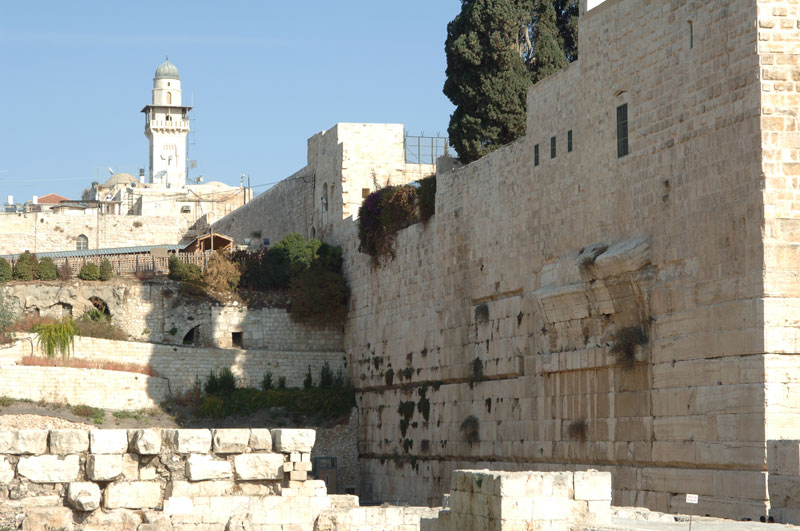
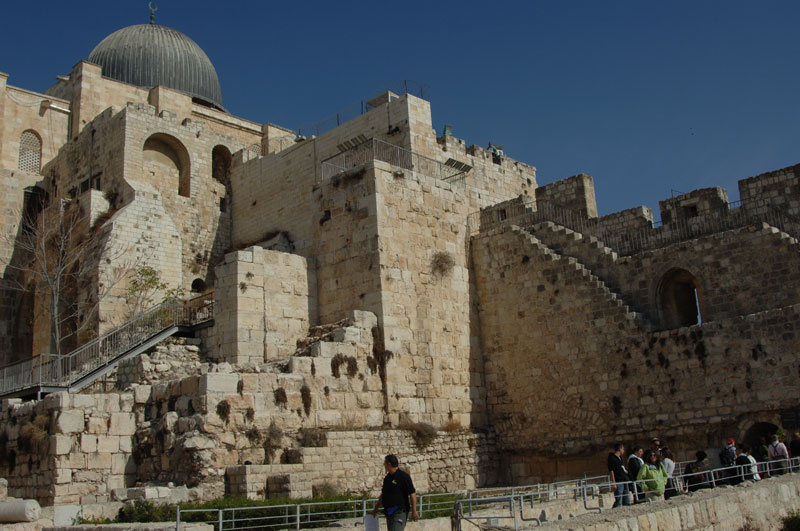
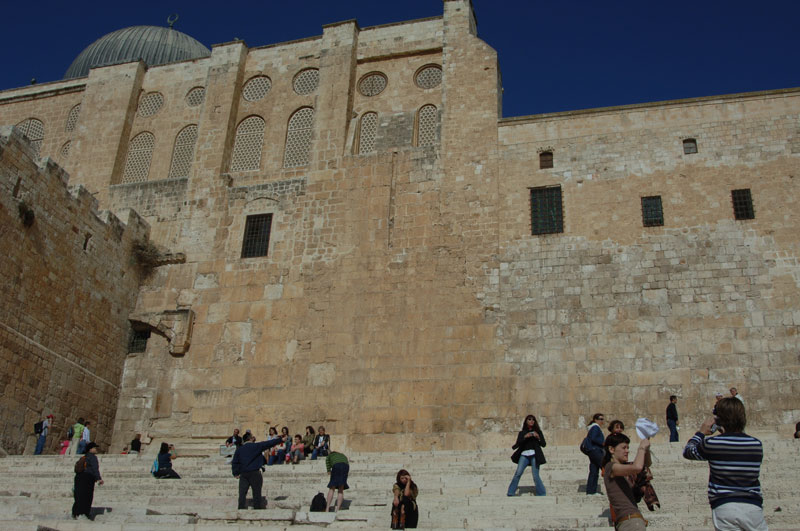
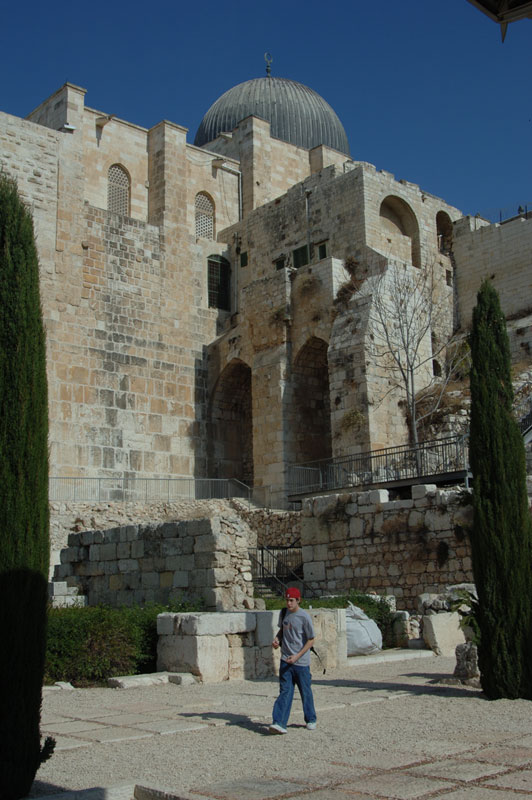
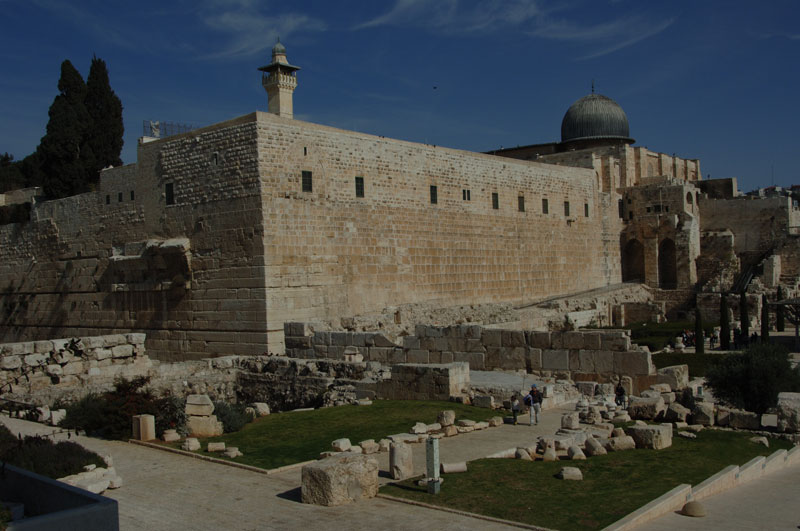

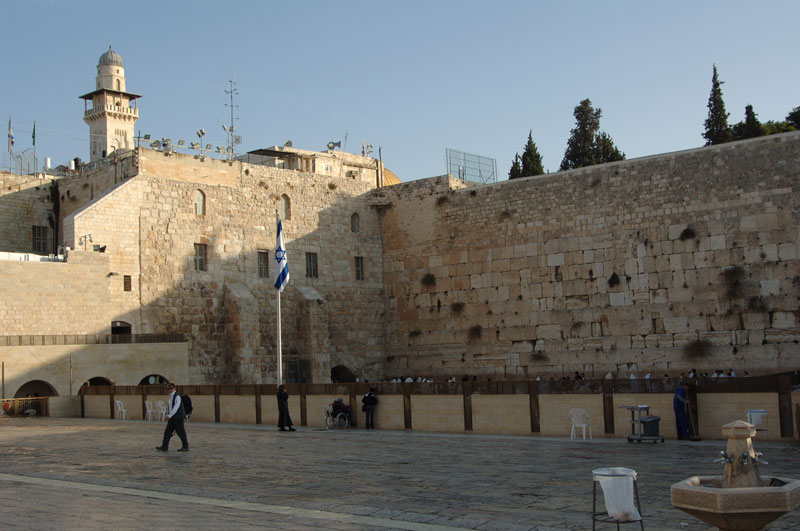
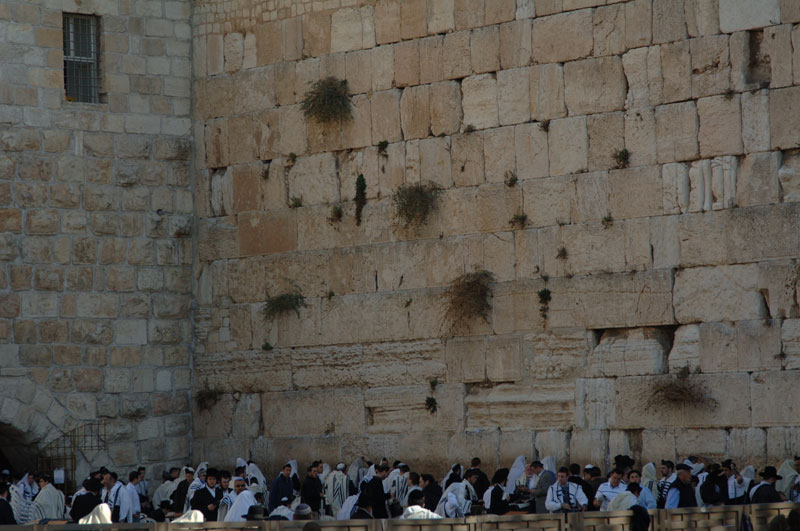
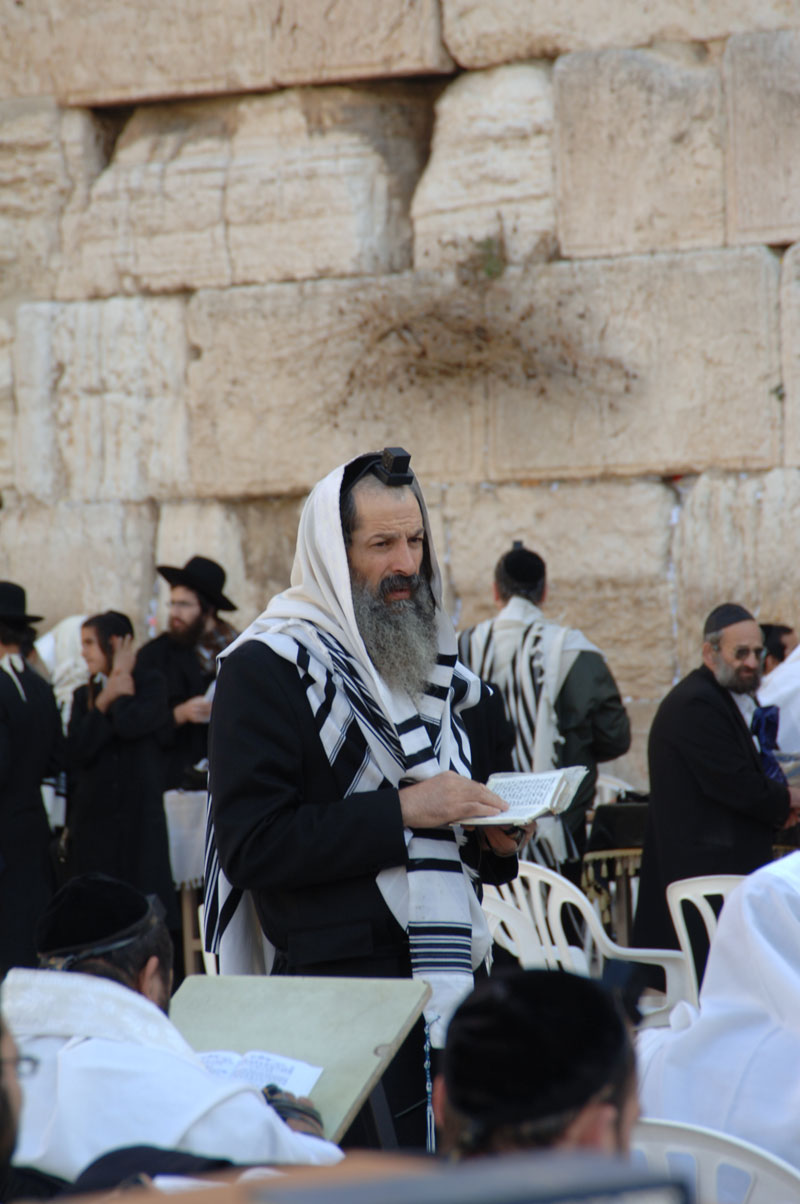
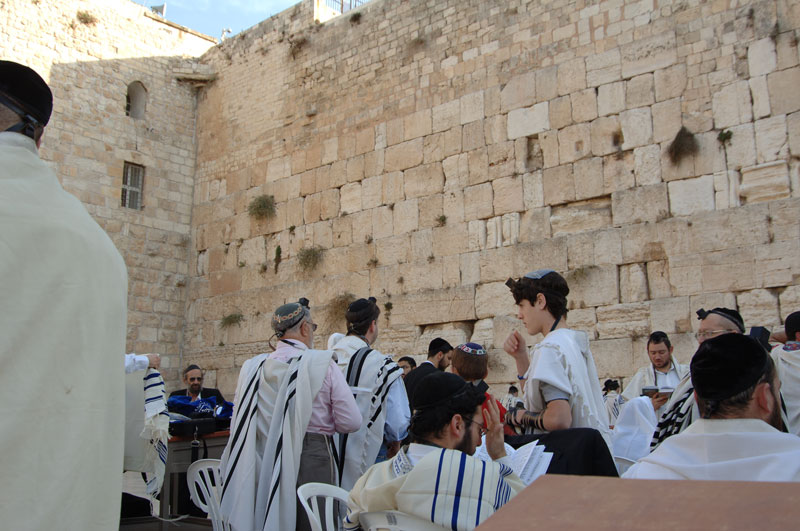
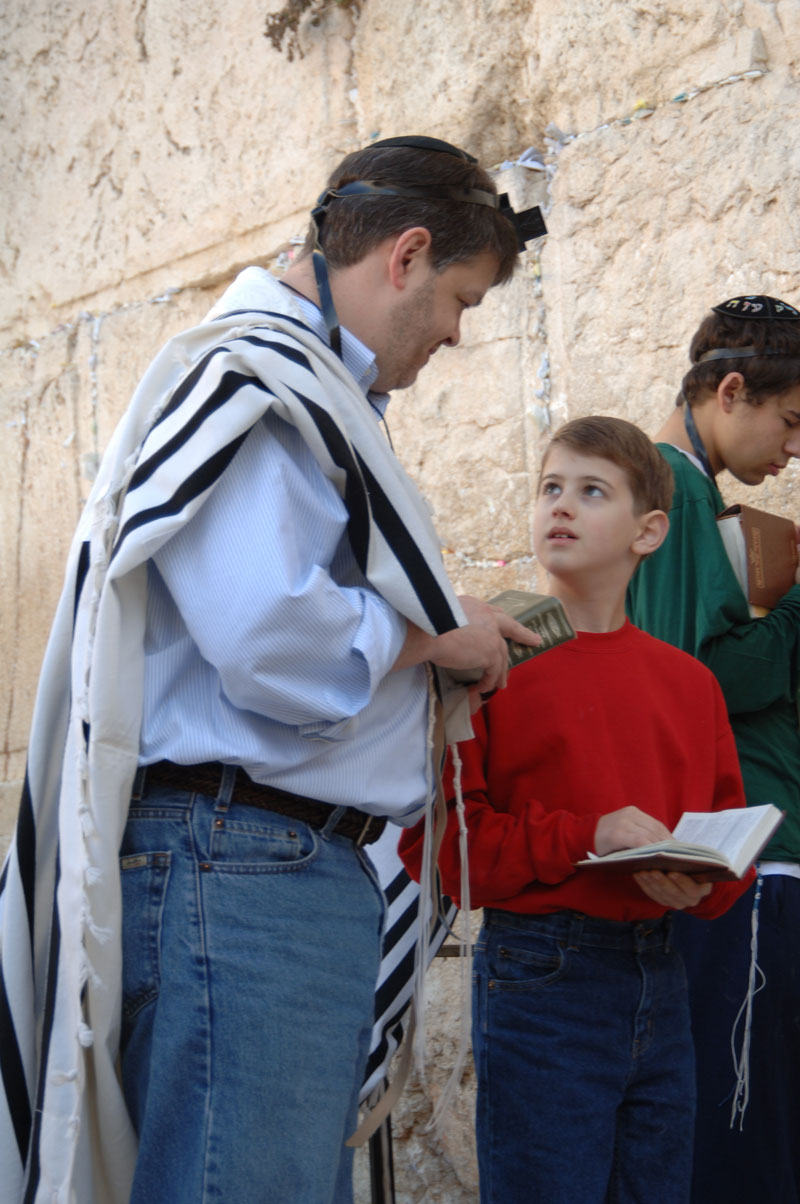
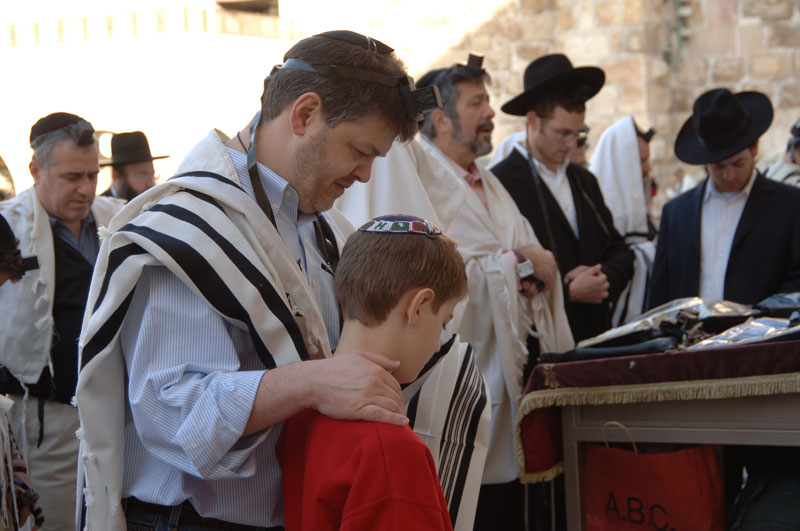
Getting Ready
"Nothing will look the same," everyone has been warning me.
It has been nearly 20 years since the last time I was in Israel. According to friends and family, the country went through a major facelift in the 1980s. Maybe so. But I bet the Kotel (the Western Wall) still looks the same; it probably hasn't changed too much in the past 2,000 years. Either way, it has been a long time since I've been to Israel and I'm raring to go again.
The plan is to interview scientists—mainly chemists—at three Israeli research institutions and put together a profile of chemistry research in Israel today. The tour will take me to Weizmann Institute of Science, in Rehovot, a small city not far from Tel Aviv; Tel Aviv University; and then up north to Technion-Israel Institute of Technology, in Haifa.
I've scheduled four full days of back-to-back interviews. That'll surely get me my money's worth! Somewhere in there, I plan to find a little time to visit Jerusalem and walk around the Old City, the walled-in section of Jerusalem with ancient sites holy to Judaism, Christianity, and Islam. I hear things have changed since the intifada (Palestinian uprising) and that it's no longer safe for Westerners (Jewish and non-Jewish), or Israelis for that matter, to stroll through much of the Old City, especially the Arab quarter. We'll see. Meanwhile, I better pack my stuff. I leave tomorrow.
En Route
The first leg of the trip—Chicago to London—was uneventful, but things went downhill quickly at London's Heathrow Airport. After a lot of walking and a lot of riding around in a shuttle bus, I finally arrived at the end of a long line of travelers waiting at the security checkpoint to get into the terminal from which the London-to-Tel Aviv flight would be departing.
"Only one piece of hand luggage per person," a uniformed woman with a British accent was saying. "You'll need to check one of those, dear." The airport official and her male sidekick were at the front of the line, examining what we Americans call carry-ons and making sure all 40 or so people ahead of me were complying with the rules. I was all right. I knew the rules: one carry-on and one personal item. How many times have I heard an American Airlines agent state it?
As always, my "personal item" was a briefcase-sized camera bag filled with expensive photography gear. I was also carrying a small bag with a few essentials for the long overnight trip: some food, reading and work material, one change of clothes—just in case my luggage didn't make it—and a few toiletries that I was looking forward to using for washing up if I ever managed to get past this security station and into a bathroom.
I wasn't about to let the camera bag out of my sight, so I decided I'll just have to fly to Tel Aviv without the food, the reading material, and the rest of it. And I guess I won't be washing up too thoroughly until I get to Israel. Oh great! I managed to stuff my toothbrush into my pocket before the agent took my bag away.
By the time that lengthy ordeal was over and I succeeded in finding my departure gate, most of the passengers on the next leg of the trip had already boarded the plane. I asked the gate agent if I had time to use the bathroom, and she nodded. But before I left the desk, I launched into a 60-second, excited ? Okay, maybe it was a slightly angry retelling of the way the carry-on rules had spontaneously changed in the middle of my trip and how it would have been nice to have been forewarned so that I could have packed accordingly. "Did you need the loo then?" the agent asked with a highbrow British accent as she cut me off with an awful lot of attitude. I got the point.
The rest of the trip was truly uneventful because my aisle seat turned into a middle seat and because my reading and work material didn't fit in my camera bag. After several more hours, I arrived in Israel safe and sound, if a bit strung out, and thoroughly familiar with my camera's features.
Well, well, well. Ben Gurion International Airport had certainly changed since my last visit. Gone are the old days of clambering off the plane and down a flight of metal stairs onto the 105-degree tarmac and then walking into Middle East chaos in an un-air-conditioned terminal. Now the airport is modern, spacious, and beautiful. In no time, I collected my stuff, passed through passport control, and headed off to stay with family in Beit Shemesh, a small city located between Jerusalem and Tel Aviv and my home base for the next week or so.
Uh-oh. Things weren't looking good. The agent just made an angry, elderly woman standing in line about five people ahead of me stuff her purse and breakfast into her carry-on bag and wear—not carry—the sweater that was draped over her arm. Eventually, as the agent did to half of the disgruntled and surprised travelers in that line, she directed me to a makeshift baggage station where I needed to quickly get rid of—that is, entrust another irritated British Airways agent with—one of my bags.
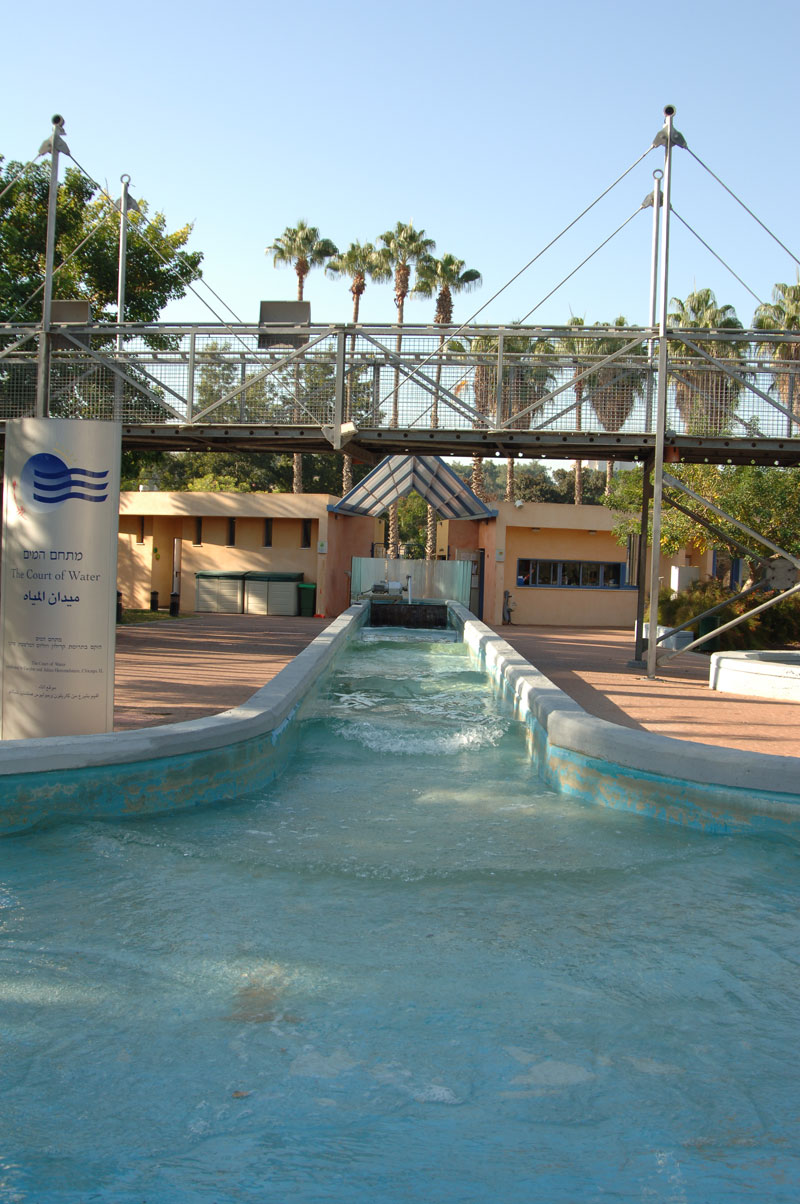

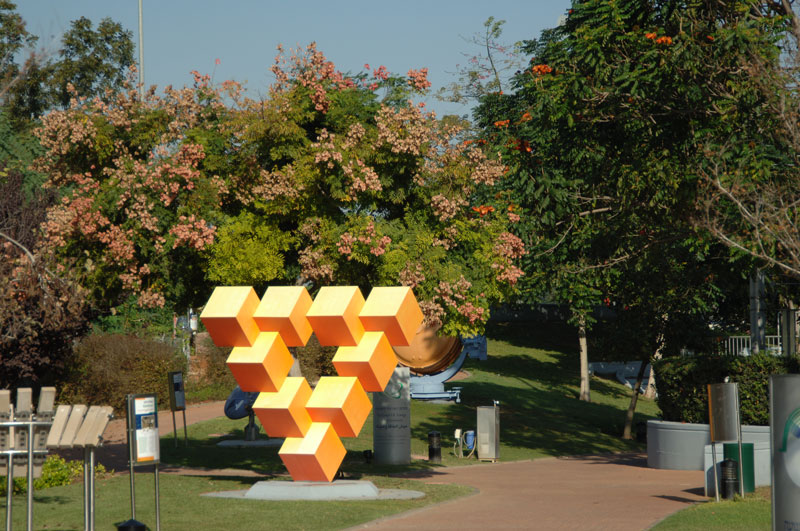
Weizmann
What a day! I got out quite early this morning and caught a ride to Weizmann Institute with a friendly cabby named Yochanan. He was the perfect guy with whom to practice my rusty Hebrew because he was patient and he spoke English pretty fluently. I told him I'm a science journalist. Turns out he isn't an American Chemical Society member and doesn't recall seeing copies of C&EN at his favorite newsstand, but he was impressed, nonetheless, with the purpose of my trip. The conversation—half in English, half in my broken Hebrew—wandered to Israel's high-tech industries, famous rock bands, current events, and of course, catalysis (that part was in English).
The Weizmann campus is just beautiful, with trees and flowers everywhere and plenty of birds chirping on the sunny day I visited. I met up with Batya Greenman, a smiling and friendly woman originally from South Africa who now works in Weizmann's media-relations office. She helped organize my interviews. And while I was on campus, she served as my "handler," making sure I moved along from lab to lab as scheduled. As it happened, I never did manage to stick to the schedule very well because everyone I met with was so enthusiastic and happy to talk to C&EN at length about their life's work.
First stop: The office of Mordechai (Mudi) Sheves. As dean of the chemistry faculty, Mudi told me a bit about the history of Weizmann, how it was founded in the 1930s by Chaim Weizmann (an organic chemist and Israel's first president), and how the institute had changed and stayed the same over the years. I glanced at my watch: 9:40 AM—perfect. Lots of time until the next interview.
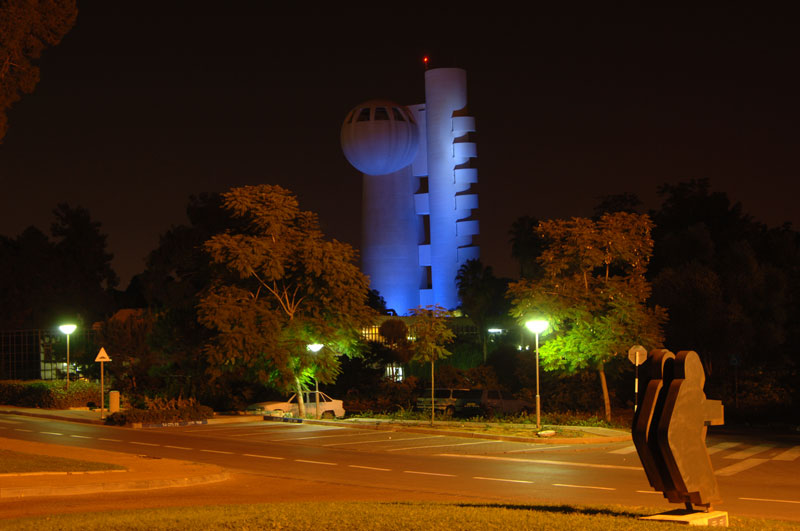
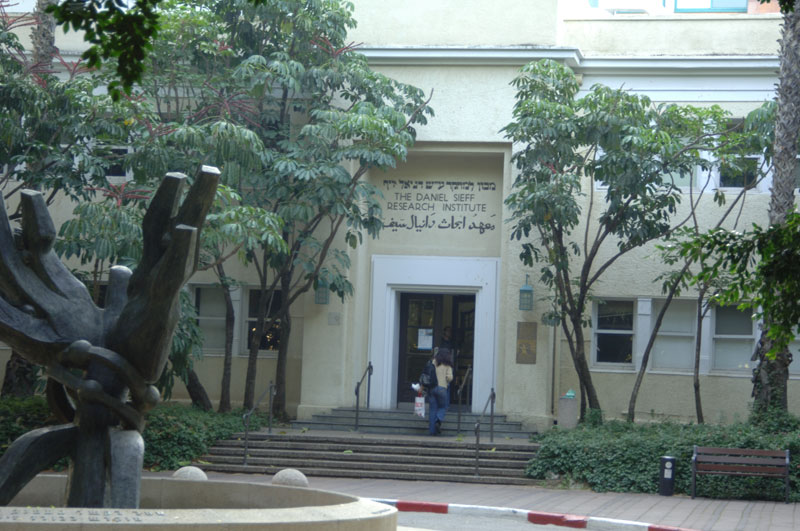
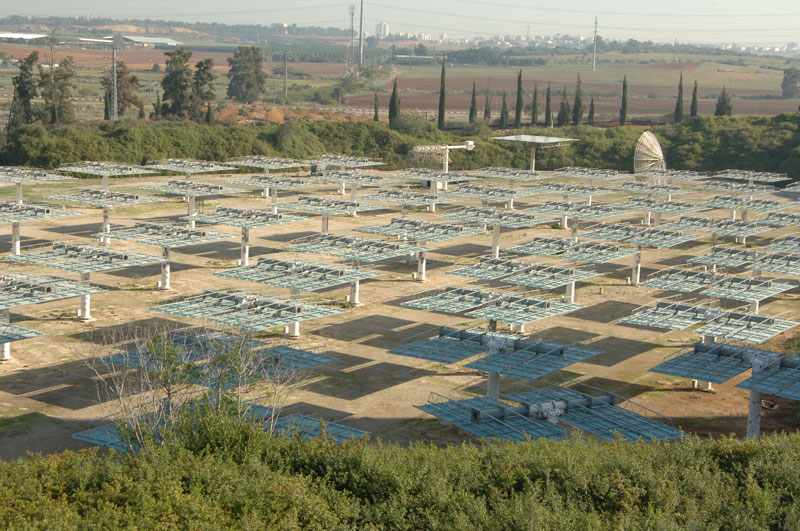
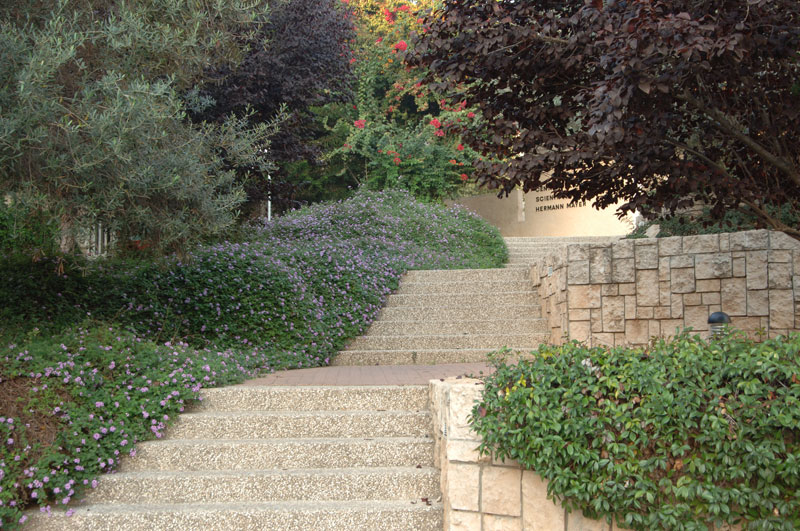
After a bit, we talked about the effect on research of mandatory military service for Israelis and then about funding sources for science. I glanced at my watch again. Still 9:40 AM. Oh @#!&. I have four days' worth of interviews ahead of me, and my watch is dead. Mudi joked about his special effect on people and their watches and reassured me that Rehovot has jewelry shops where I could replace the battery that evening. Before moving on, I set up my camera and tripod (Yes, I lugged one around with me!) to automatically fire off a bunch of shots of me pretending to conduct an interview. Mudi was a good sport and refrained from laughing (in some of the frames).
Over the next two hectic and jet-lagged days, I ran from one interesting scientist to another and learned about the latest work in spectroscopy, crystallography, molecular electronics, and many other fields. The Weizmann Institute is a very impressive place where a lot of neat science goes on. It's also a great place for taking photos.
During my overnight stay, for example, I noticed that the particle accelerator tower was illuminated in a beautiful and somewhat eerie bluish light. Problem was, I left my tripod in Mudi's locked office. After a little fiddling about, however, I figured out how to tip the camera to just the right angle by using a credit card that was balanced on my wallet, which was sitting on a box that was propped up on a lunchroom tray, which was supported by an inverted garbage can that I dragged out of the campus guest house. (Please hold your applause.) And in the morning, before I ran off to do more interviews, Batya gave me a quick tour of Weizmann's solar research complex and the Garden of Science, a beautiful outdoor museum with interactive exhibits on all sorts of topics. Photo ops everywhere.
All in all, I had a wonderful (mostly sleepless) two days that included an evening stroll along Rehovot's main drag, where I had a chance to see, hear, and smell falafel stands, street vendors, kids out past their bedtimes, and a jewelry shop that sells watch batteries. Tomorrow is Friday, the start of the weekend in Israel. I'm off to Jerusalem.
Jerusalem

I spent only a few hours here, but boy, was it worth it!
Traveling with some family members, I arrived at the hill overlooking the area near the Western Wall and other ancient sites just after sunrise. The old stone walls glowed yellow-orange in the early light. I know it sounds corny, but I could feel something special—something mystical—about this place, a place I hadn't visited in 20 years.
This little country is an amazing place. Yesterday, I was sitting in Rehovot talking about single-molecule detection methods. Now, just a few hours later and a short drive away, I'm standing beneath the huge stones of the 2,000-year-old Kotel, right at the center of one of the holiest places to three world religions. I see Hassidic Jews with beards, long side curls, and traditional garb, as well as modern-looking Jews with no beards and sporting jeans, gathering at the Wall for morning prayers. What a mix of old and new! The Kotel looks the same, by the way.
Tel Aviv

Sunday is a regular work day in Israel, and work I did today.
Again I was out early, this time to catch the train from Beit Shemesh to Tel Aviv. What an experience that was!
To say that that the train was standing-room-only would be a serious understatement. The space I squeezed into was so tightly packed that I didn't have to hold on to anything to keep from falling because there was nowhere to fall. Yet it was a strangely fun experience. It wasn't hot or smelly, and no one seemed aggravated. In fact, the mood of those squashed in the space with me was jovial—kind of like we were on our way to overnight camp.

After a little chat with some of my nearest neighbors, I understood why the train was overflowing. It was Sunday morning, and that's when chayalim (soldiers) from all over the country return from weekend leave to their military bases. The space I was confined to was packed with young-looking uniformed men and women wearing military-issue backpacks and toting automatic weapons of every description. They seemed to hardly notice that they each had enough firepower to stop a herd of charging rhinos. They were all laughing, talking on their cell phones, and having a party.
Eventually I reached Tel Aviv University and picked up where I left off last week—running from office to office and lab to lab, meeting people, and learning about the latest developments in magnetic resonance imaging, quantum modeling, and a host of other subjects. Tel Aviv University is another school with a beautiful campus, but this one is set in busy Tel Aviv, a modern, thriving city on the Mediterranean Sea with plenty of late-night traffic.
Advertisement
Tonight, I checked into a Tel Aviv hotel and had fun photographing the sea—and the traffic, for that matter—from my balcony. I took a long stroll and didn't return until nearly midnight. Even at that hour, a few joggers were still running along the beach in Israel's city that never sleeps.
This trip is nearly over. Tomorrow is my final day. I'm off to Haifa.
Haifa
What a difference a day makes!
I caught an early-morning train north to Haifa, but unlike yesterday, this time the train had plenty of room and plenty of seats, even empty work spaces, where I could open an issue of C&EN and read. The magazine caught the attention of a 75-year-old man who had been looking out the window at the deep blue Mediterranean. He said he was studying the feasibility of making ethanol from biomass and wanted my opinion. But before I said very much, he told me a chunk of his life story, pointing out that his father had decided in the 1940s to move to Israel from Bulgaria because the 75-year-old man's sister had fallen in love with a non-Jewish Bulgarian man. (Maybe I should have been a psychologist.)
The cabby who drove me from the Haifa train station to Technion was also full of information. But instead of telling stories of thwarted love, he pointed out buildings that had been hit by rocket fire last summer when Hezbollah attacked Haifa and other cities in northern Israel. Throughout the day as I visited with Technion scientists and learned about catalysis, polymers, and surface science, the discussion oscillated between chemistry research and Hezbollah's attacks. Technion did not suffer direct hits but, according to my hosts, at least one rocket landed awfully close by.
Another fascinating and exhausting day spent interviewing Israeli researchers had just come to an end. All I could think of was getting on the evening's last train to Beit Shemesh and vegging out. As it happened, even though I arrived at the station and at the right platform 30 minutes before my train was to depart, I nearly missed it. Only after the door closest to me closed did I realize that my train was about to pull away. I dashed to the next closest door and got in just as the train started to move.
It has been a wonderful and productive week filled with nonstop action. I've met so many warm and brilliant people. Israel is an incredible place with a striking mix of old and new. I'm glad I made the trip. Next time I won't wait so long.
MORE ON THIS STORY




Join the conversation
Contact the reporter
Submit a Letter to the Editor for publication
Engage with us on Twitter